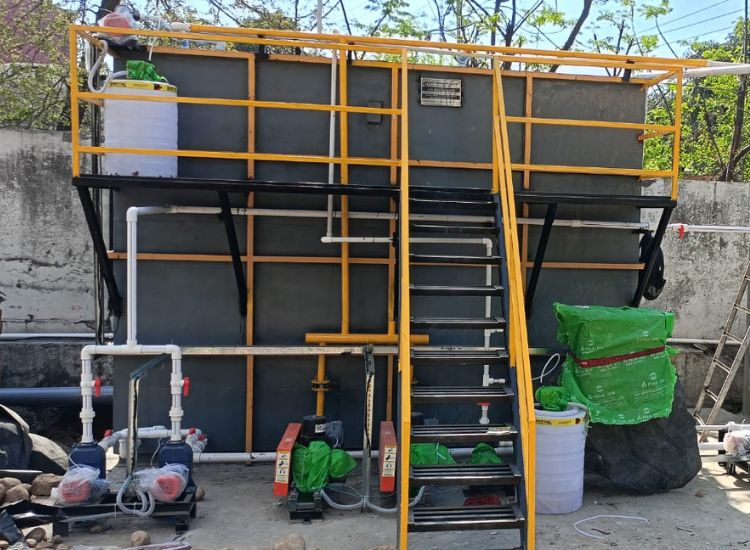
Menu

We have 10+ years of experience with providing wide area of specialty services works listed below
An Effluent Treatment Plant (ETP) is designed to treat industrial wastewater for reuse or safe disposal, ensuring a clean and sustainable ecosystem.
AQUA TECHNICAE Engineering Pvt Ltd, based in Delhi, India, is a reputed manufacturer of Effluent Treatment Plants (ETP). We serve various industries and applications globally, continually innovating to expand our range of offerings. We provide end-to-end solutions, including requirement analysis, solution design, implementation, on-site/off-site installation, and comprehensive post-installation support, including break fixes and Annual Maintenance Contracts (AMCs).
Effluent Treatment Plants (ETP) purify industrial effluent and contaminated water, making it reusable. This process removes contaminants and harmful chemicals from the water, promoting sustainability. ETPs are commonly used in industries such as pharmaceuticals, textiles, tanneries, and chemicals, with treatment processes varying across different sectors.
The primary goal of an ETP is to release safe water into the environment, preventing the harmful effects of untreated effluent.
The process of Effluent Treatment Plants (ETPs) varies based on their design and involves several stages:
Equalization: Raw wastewater is balanced in an equalization tank and collected in a mixed effluent tank before being transferred to an aeration tank. This tank homogenizes the effluent before pumping it to the neutralization tank for further treatment.
pH Control: The Bureau of Indian Standards (BIS) recommends maintaining the pH of effluent between 5.5 and 9.0. pH neutralization is an effective method for adjusting the pH of wastewater to this range.
Coagulation: Coagulation involves adding liquid aluminum sulfate to untreated water, which causes tiny dirt particles to form larger, heavier particles. These can then be removed through settling and filtration.
Sedimentation: During sedimentation, water moves slowly, allowing heavy particles to settle at the bottom. The accumulated sediment, known as sludge, settles at the bottom of the container.
Filtration: Filtration involves passing water through a filter to remove particulates. These filters are made of sand and gravel layers and require regular backwashing to clean them.
Disinfection: Before entering the distribution system, water undergoes disinfection. Chlorine is used to disinfect and decontaminate the water.
Sludge Drying: Solids collected during sedimentation are transported to drying beds. When the sludge thickness reaches around 300 mm, sludge charging should be stopped, and the bed should be segregated to allow natural evaporation to dry the sludge.




































Welcome to AQUA TECHNICAE., a trusted name in the realm of water and wastewater treatment solutions. With a high reputation for excellence, we specialize in the manufacturing and supply of top-quality Effluent Treatment Plants (ETP), Air pollution control devices, Ultra Filtration System for STP and ETP, Sewage Treatment Plants (STP), Demineralization (DM) plants, Reverse Osmosis (RO) plants, Water Softeners and Water Treatment Plants (WTP).
Copyright © 2024 Safebio